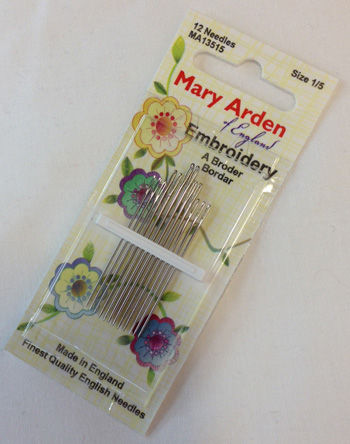Are you using decorative blades in your rotary cutters? Decorative blades make wonderful embellished edges for your fused art quilts. They come in wave, scallop, and, my favorite, the delightful pinking blade.
 |
But beware! Decorative blades can damage your cutting mats. Here you see a cutting mat on the right that has been scored by decorative blades. See how the decorative blades have gouged into the mat?
When you cut with a decorative blade you have to push a little harder to cut cleanly into the fabric. This means the blade will etch into the mat and mess up your grid lines.
 Save the grid! Flip that mat over and cut your fabric on the wrong side of the mat. You’ll save your mat and you can use a pinking blade to create fun fabric edges like these.
Save the grid! Flip that mat over and cut your fabric on the wrong side of the mat. You’ll save your mat and you can use a pinking blade to create fun fabric edges like these.
Check out how I’ve used the pinking blade to create this decorative fused binding here.




